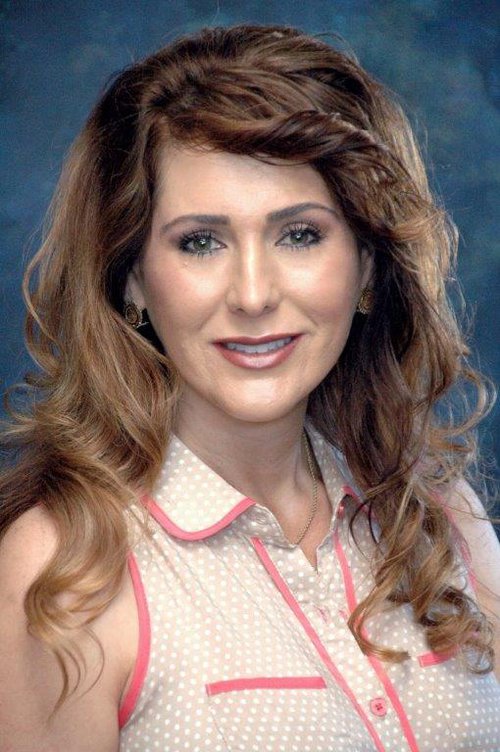Questions for California School Leaders: Erica Piedra on Finding and Training Bilingual Teachers in the Central Valley
Blog Post

March 19, 2019
California’s new governor has made a splash in the first month of his administration, proposing new investments to support young children and families. But at the local level school leaders have been working on these issues for years—focused on providing early childhood teachers and caregivers access to quality training and preparation.
In this new occasional series, we’ll talk with school leaders (administrators, principals, school superintendents) about the students they serve and new ways forward in training teachers to providing quality education to children growing up in the golden state.
In this second post, I talked with Erica Piedra. Piedra grew up in a small farming community in California’s Tulare County and remembers her early days in Kindergarten when she spoke very little English. Today she’s principal of Fresno’s Ann B. Leavenworth Elementary School where students' native language and cultures are celebrated. The school’s large Spanish dual immersion program serves students in Preschool through 6th Grade.
Why Dual Immersion?
It is the best program for our English language learners to learn English while they retain their native language. You get to see children with some background in Spanish and right away they step into a classroom that values their language. It’s so joyful to watch students who bring their Spanish language learn alongside students who know English and are there to learn Spanish. As you see them work together and progress, you see the cognitive advantage that kids who are in bilingual programs build over time, mainly because to access both languages as they develop, they must go back and forth in the executive functioning in their brain.

Is finding bilingual teachers a challenge?
Yes, it is one of our biggest challenges. It is extremely important to our community that children see teachers who look like them and who share their history, who speak their language and know their culture. But many times, teachers may have their BCLAD [a credential in bilingual education], but their level of academic Spanish may not be where it needs to be. So we, as leaders of dual Immersion schools, need to be prepared to build teacher capacity to best meet the needs of students in our dual immersion and bilingual classrooms.
Is that because of California’s English-only education laws, which didn’t give native Spanish speakers the opportunity to develop high levels of academic Spanish when they were in school?
Yes, I’m an example of that. As a child, I lost much of my Spanish when I entered school. It was not until later in my college career that I worked toward earning my BCLAD to further develop my Spanish. As a principal, I have found that teachers who are native Spanish speakers, who came to the country later on in their life, will often make the best dual immersion teachers because they come with higher level of academic Spanish because of being educated in their county.
What was your school experience like?
My parents were migrant farmworkers. Back in those days, you were to sent to the ESL room where you went to go learn English. It was very frustrating for me as a child because I felt like I was smart and when I tried to communicate, they told me ‘Oh you need to speak in English.’ And I didn’t really have much English. Once I learned English, I was able to advance and I did well. Not having Spanish-speaking teachers early in my educational experience, I felt like they weren’t aware of what I brought as a learner.
How do you approach quality training and preparation for educators?
We have been able to do a lot of work around improving instruction for kids. We’ve done a lot of professional development for teachers to ensure that our lessons have opportunities for students to read, write, learn and speak in multiple languages. We create opportunities for kids to read complex texts, opportunities for kids to engage in academic discourse. We create opportunities for kids to write and complete tasks in both languages. Our teachers also implement many strategies that build strong instruction. That’s what I’m the most proud of as a principal.
How have attitudes changed over the years?
Attitudes about bilingual education have improved. I remember in my early years, I would have major groups of parents who were hesitant to put their children in bilingual classrooms. We still need to do a better job of educating our families, and our community, though. I still run into parents who say “I want my child to learn English. I’ll teach my child Spanish at home.” We still have parents and community members who don’t fully understand the benefits.
Enjoy what you read? Subscribe to our newsletter to receive updates on what’s new in Education Policy!